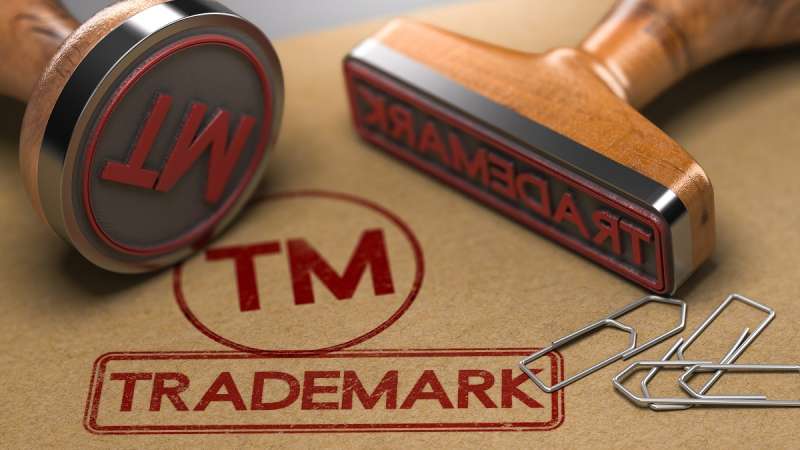If the issue does not come to light until after the 6-year time limit to restore the company has already passed, people often assume the asset is now lost.
This can be a problem if rents are collected from the property/land.
Fortunately, there is a lesser-known alternative route to recovering the asset, known as a vesting order.
What is a Vesting Order?
In a vesting order application, the applicant applies to the court for an order vesting the property of a dissolved company into the applicant's name.
There are several different statutory routes through which the court can be asked to make such an order, but for the purposes of this article, we focus on applications under section 181 of the Law of Property Act 1925 (LPA 1925) and section 44 of the Trustee Act 1925.
Under section 181 of the LPA 1925, the court can create a corresponding estate in land and vest the same in the person who would have been entitled to it had the company not been dissolved.
Section 44 of the Trustee Act 1925 also gives the court power to vest the dissolved property or land in a new trustee's name when a corporate trustee originally held the legal title.
These are complex concepts, and many people will assume the above does not apply to them as the company did not formally hold the land or property on trust.
However, in the fairly recent case of Dixon v Crown Estate Commissioners [2022] EWHC 3256 (Ch), the court extended the categories of equitable interests, enabling a vesting order to be made to rights through proprietary estoppel.
Proprietary estoppel arises when one party makes a representation about the ownership of property and the other acts to their detriment in reliance on the representation. The representation need not be expressed; it can be a common assumption.












